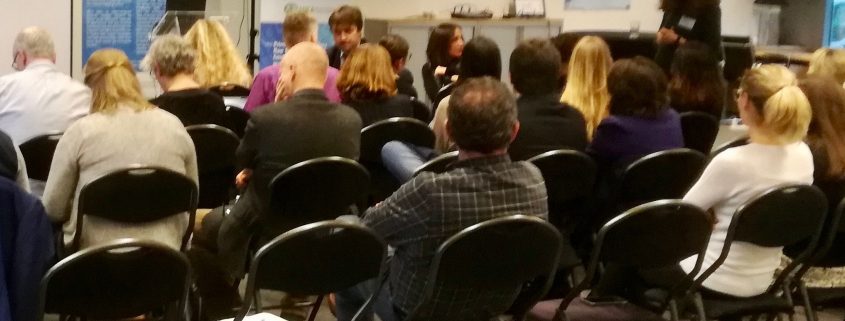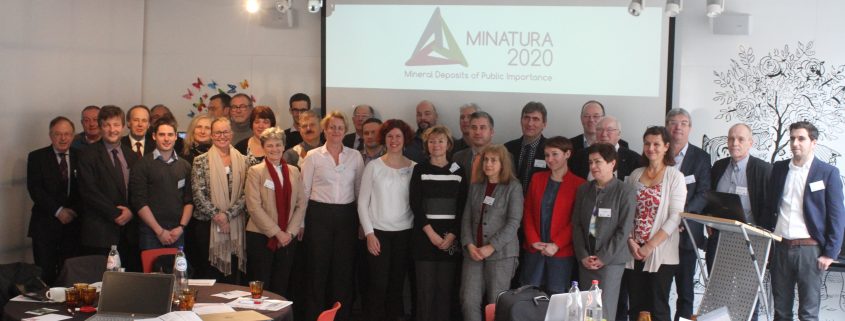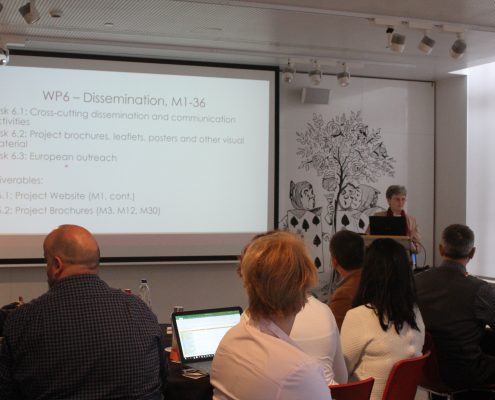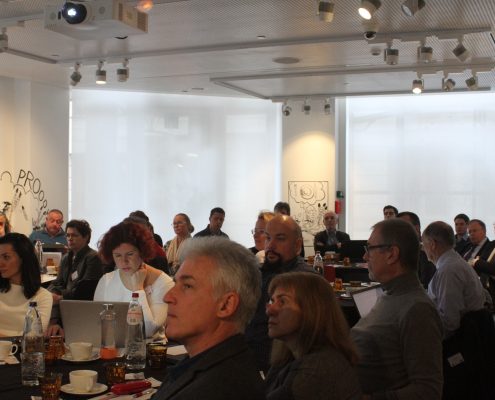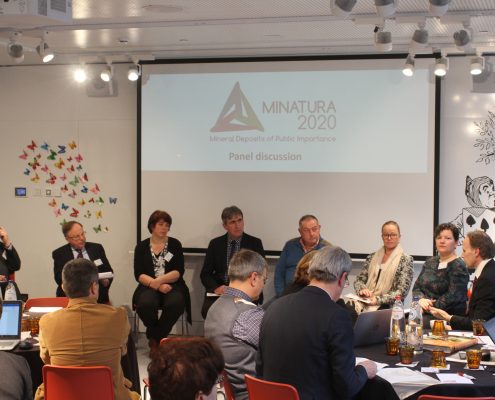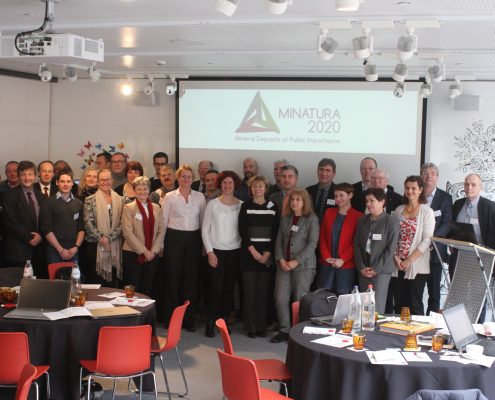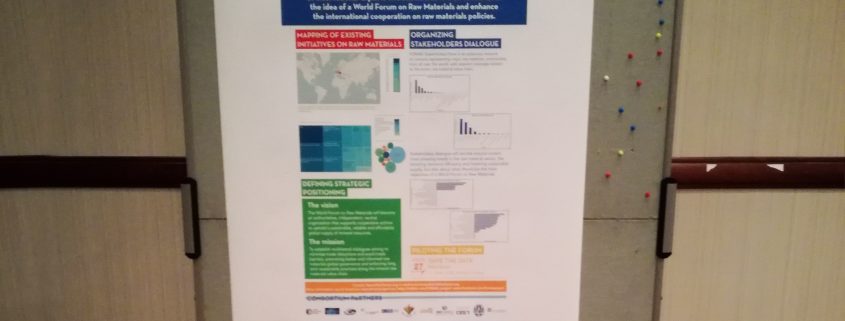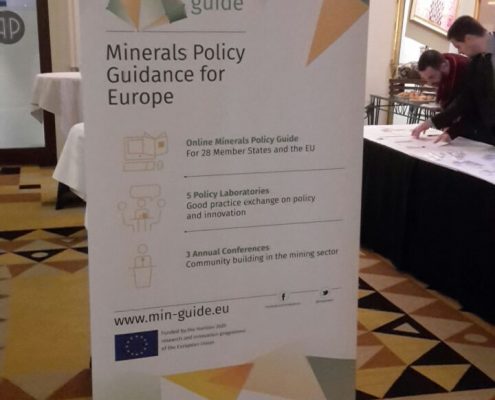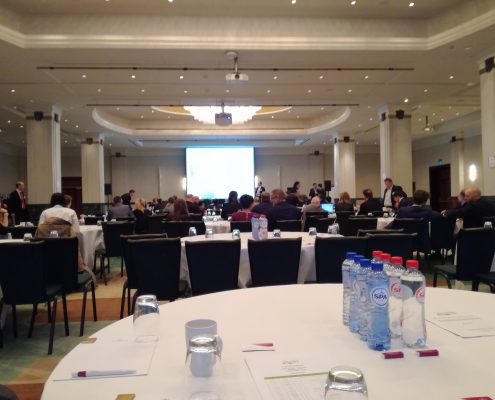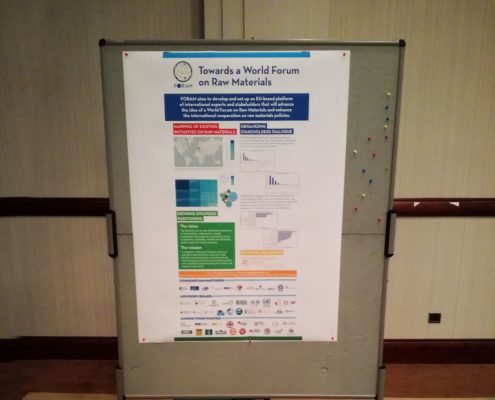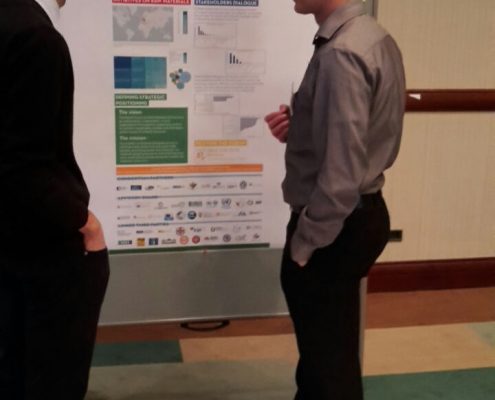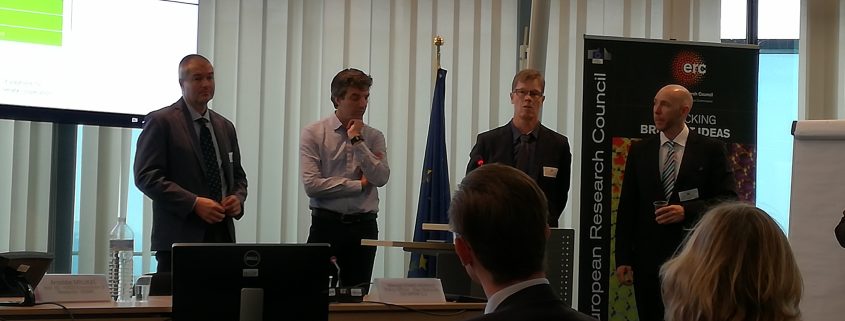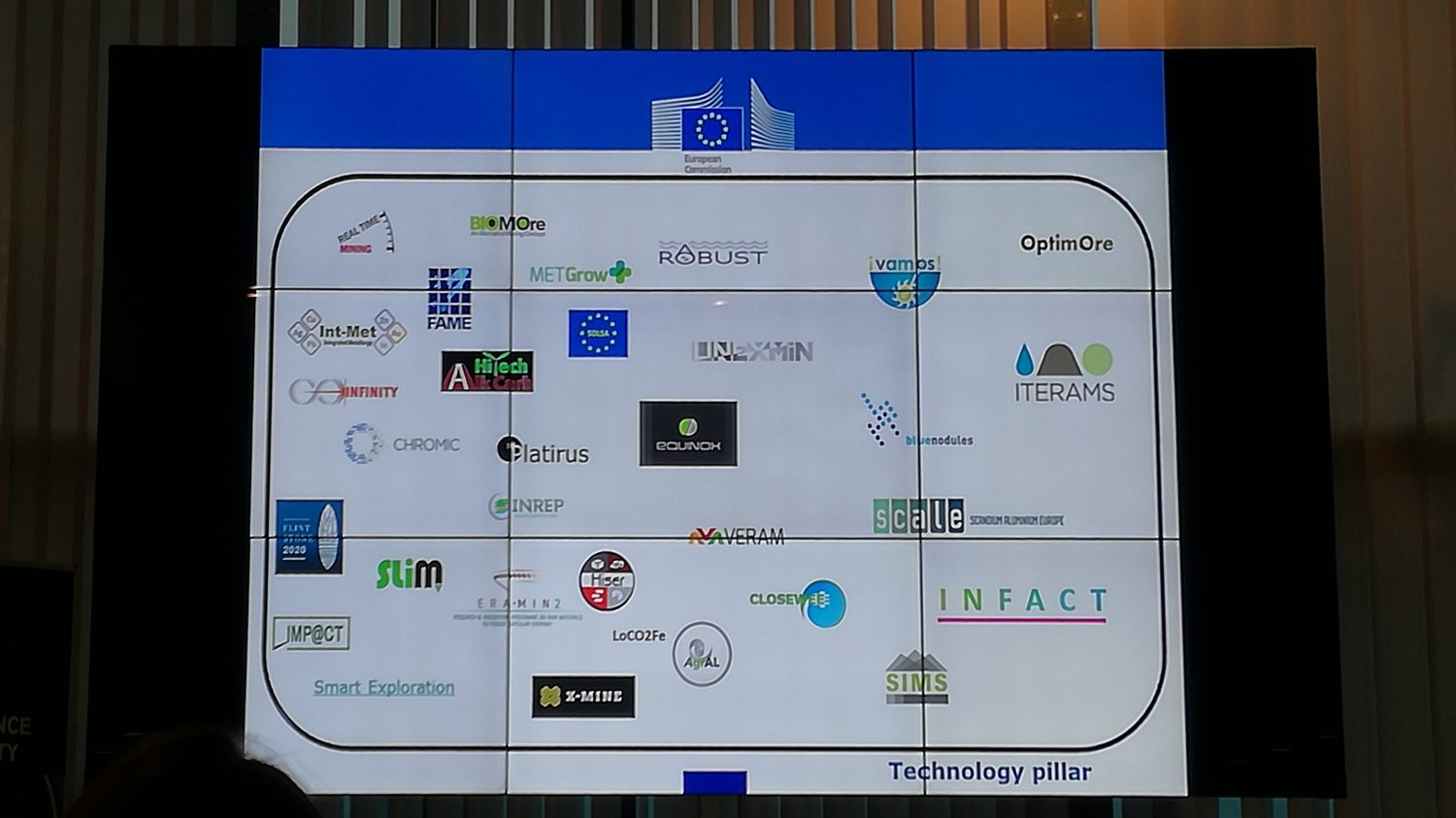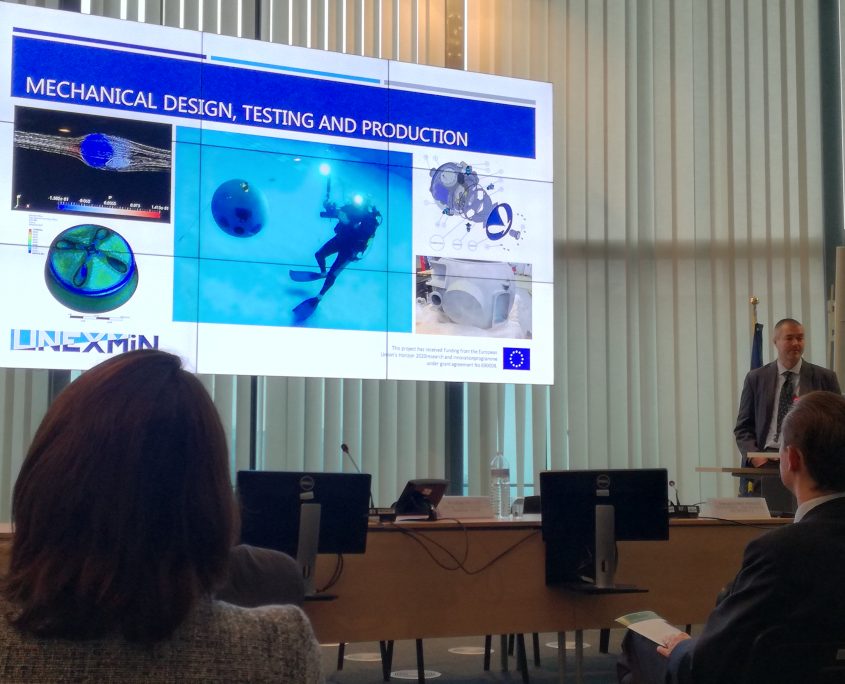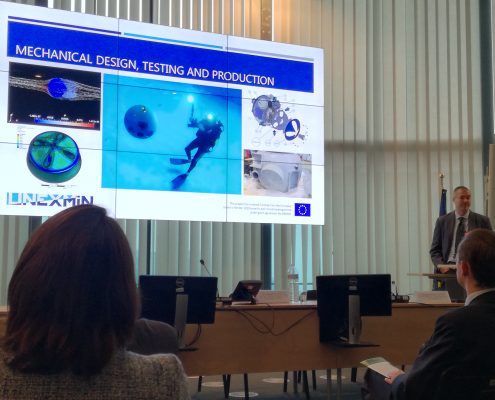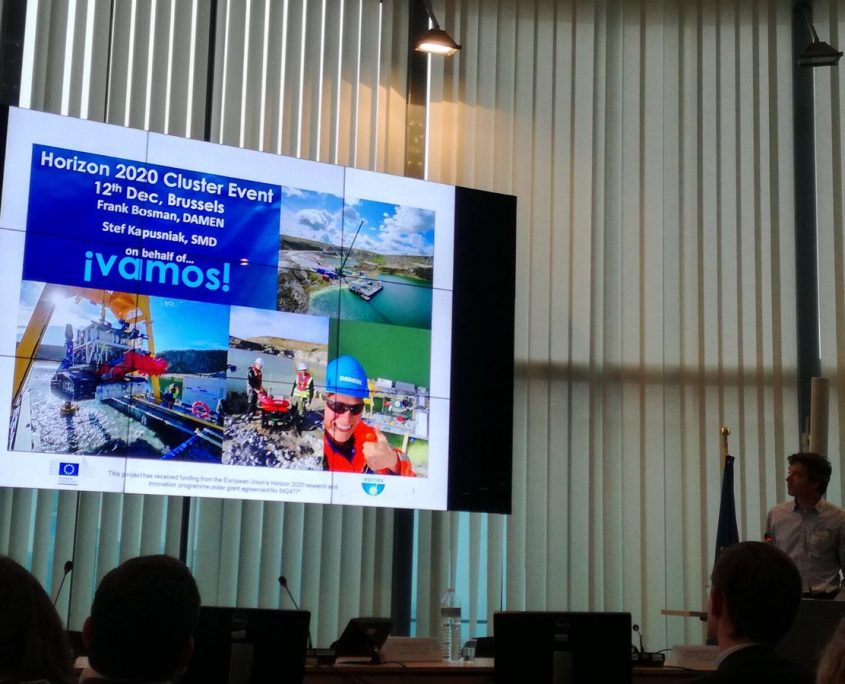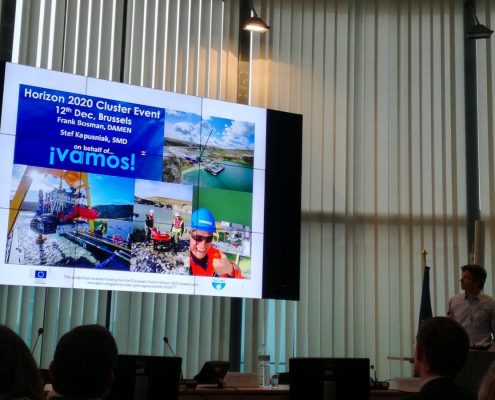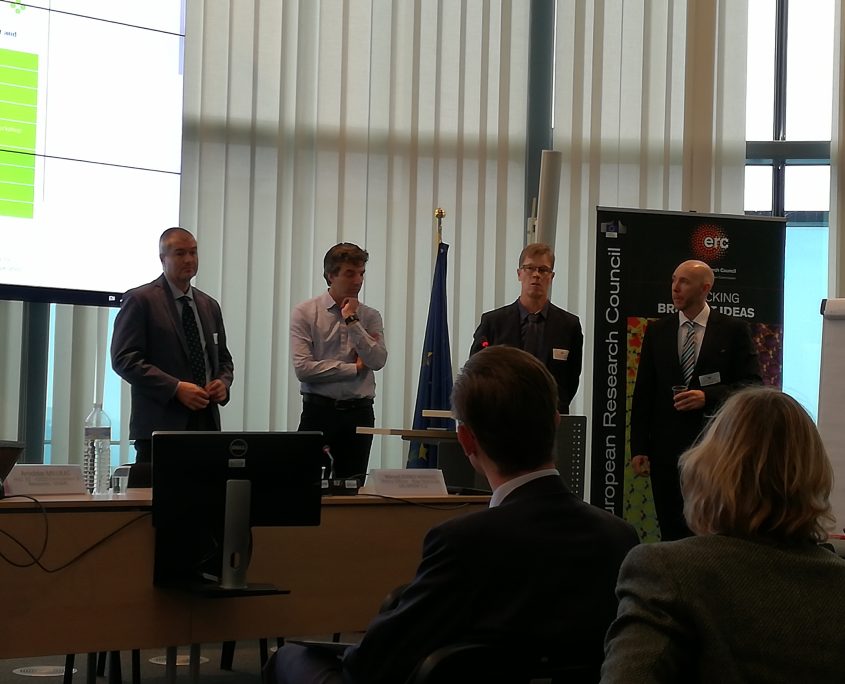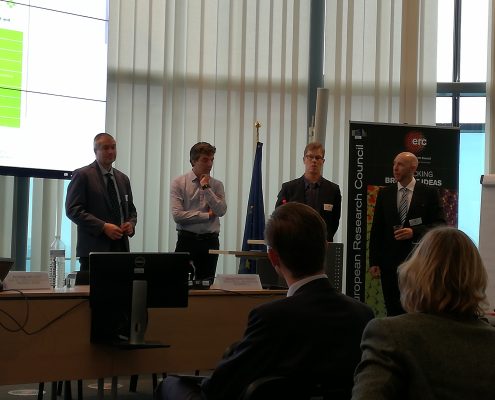MICA Final Consortium Meeting, Brussels
On January 23, the Horizon 2020 MICA (Mineral Intelligence Capacity Analysis) project held its final meeting in Brussels, Belgium, after two years of lifetime.
The final one-day event had the objective of recollecting all the work done throughout the many Work Packages, the current state and the plans for the future. During the day, presentations were given for each work package – in a total of 7, outlining their work, deliverables and reports, and major findings to the audience.
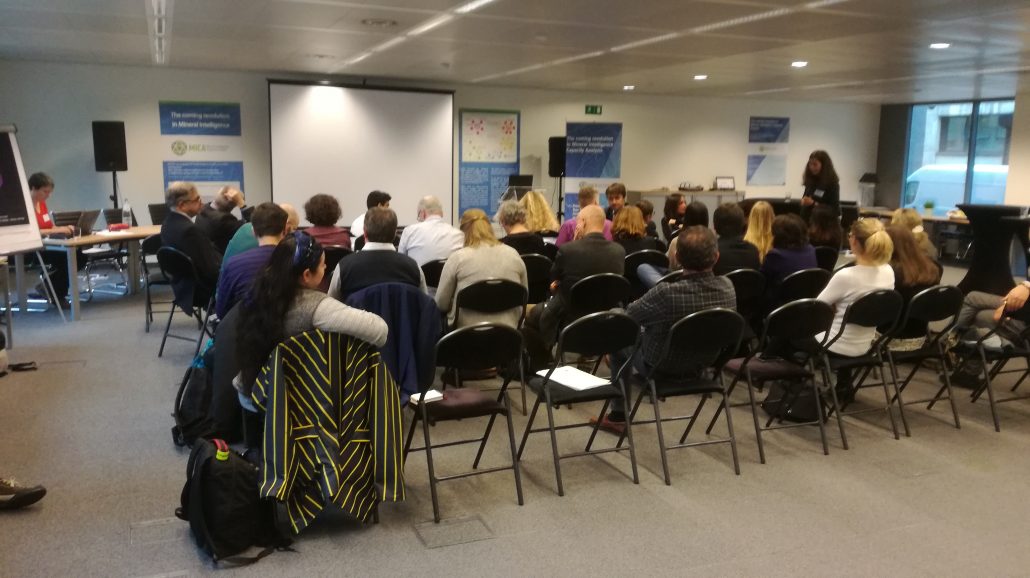
MICA partners present at the Final Consortium meeting
Some of the main products coming out of the MICA project are:
- A comprehensive assessment of stakeholders and stakeholders’ needs in raw materials intelligence;
- A collection of relevant raw materials data and the MICA metadata inventory;
- Various methodologies (“recipes”) to answer raw materials intelligence needs;
- A Raw Materials Intelligence (Policy) Matrix – to assess EU countries for the capacities, methods and tools employed;
- The EU-RMICP (European Raw Materials Intelligence Capacity Platform);
- The Raw Materials Foresight Guide.
The MICA final meeting was concluded with an endnote discussing the future of the MICA platform and the general outcomes of the project.

Presentation and discussion of the MICA platform
LPRC thanks all members of the consortium and third parties for the great work and effort put into the many stages of MICA!
The EU-RMICP will be launched soon, stay tuned!

